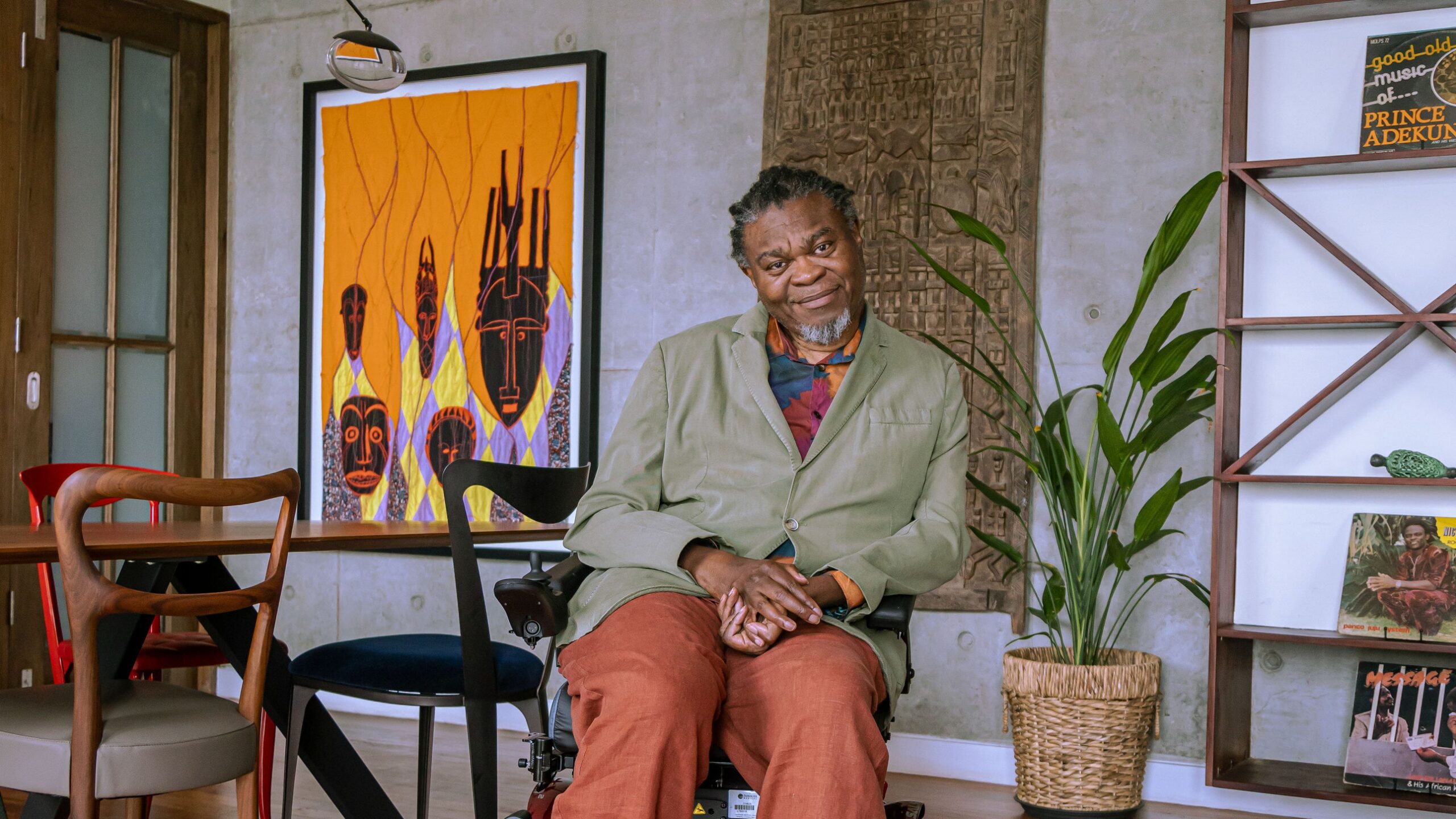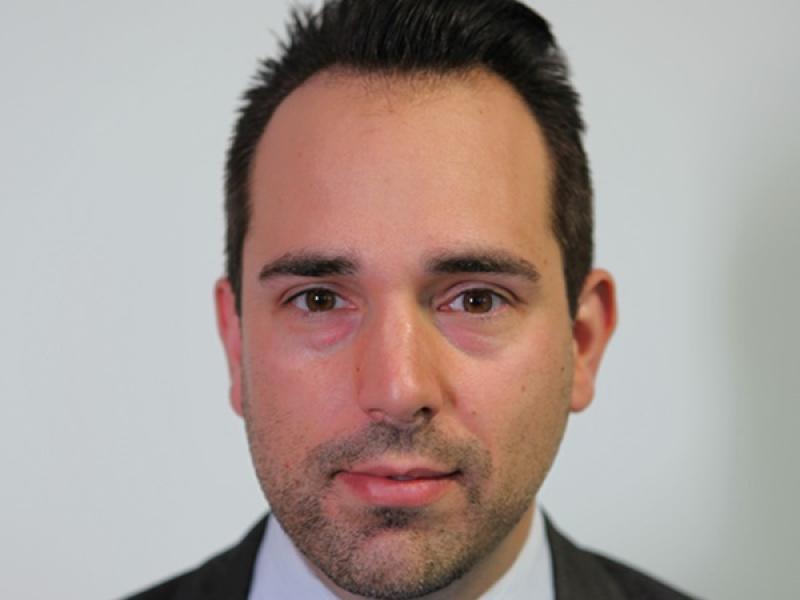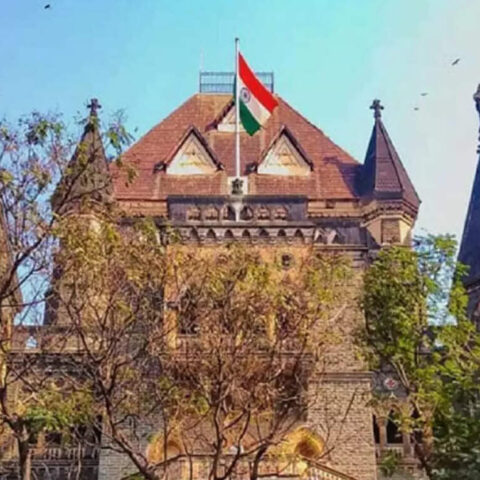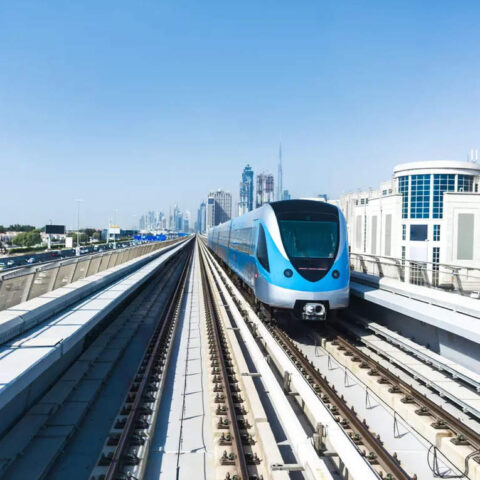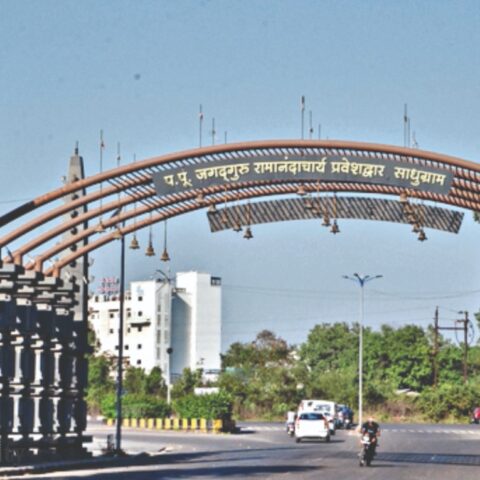In 2014, the celebrated British Nigerian multidisciplinary artist Yinka Shonibare returned to his hometown of Lagos for the first time in more than two decades. He hosted a symposium that proved both game-changing for those in attendance and life-altering for him. “The talk was packed with young artists, and I realized that there was a need here; young artists needed to be mentored,” he says. He flirted with the idea of erecting a museum of contemporary art, but ultimately decided that a “grassroots” approach would be more impactful on the local creative ecosystem.
In 2019, he founded Guest Artists Space (GAS) Foundation, a nonprofit dedicated to research, facilitating international cultural exchange, and—with the opening of its two locations in 2022—fostering the next generation of creatives through 4-to-12-week residencies.
While ambitious in scale, Shonibare’s goal for the residency is simple. Nigeria is “a fairly conservative culture, and I want artists to feel that they can actually move beyond the boundaries of what’s expected of them, to start thinking outside of the box,” he explains. “You have a space in which you can experiment, and hopefully being able to explore without financial pressures will then lead to discovery.”
Tucked away in the bustling enclave of Oniru, GAS’s airy, three-story space in Lagos doubles as a getaway for Shonibare, who remains based in London. He worked closely with the Ghanaian British architect Elsie Owusu and Nigerian architect and interior designer Nihinlola Shonibare (his sister-in-law) to realize his vision, which seamlessly fuses traditional Yoruba and Brutalist design principles. The artist also took inspiration from the work of pioneering minimalist Tadao Ando, as well as Le Corbusier’s iconic Villa Savoye.
Known for his dynamic wind sculptures, Ankara fabric-clad statues, and monumental outdoor installations like 2010’s Nelson’s Ship in a Bottle, Shonibare’s groundbreaking work has earned him countless accolades over the past three decades, including a CBE in 2019. Losing mobility after contracting transverse myelitis, a disease that afflicts the spinal column, at 18, has done little to slow him down. Using a wheelchair, he navigates GAS via an elevator and an outdoor steel ramp (discreetly concealed behind a lacelike concrete façade designed by the artist) that runs the length of the building’s exterior, providing easy access to a tranquil therapy pool just off the primary suite and a sun-saturated rooftop garden teeming with Alpinia and miniature date palms.


